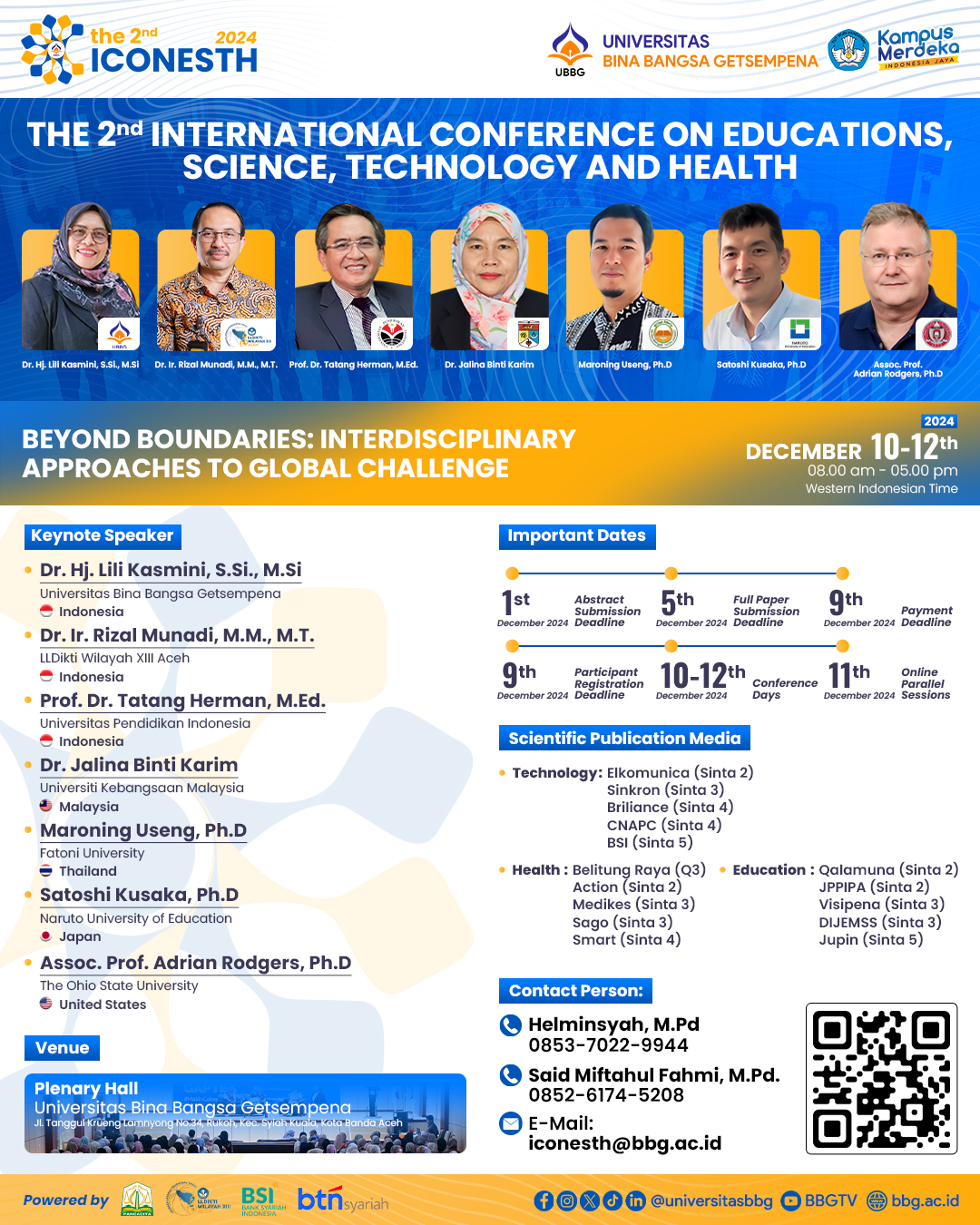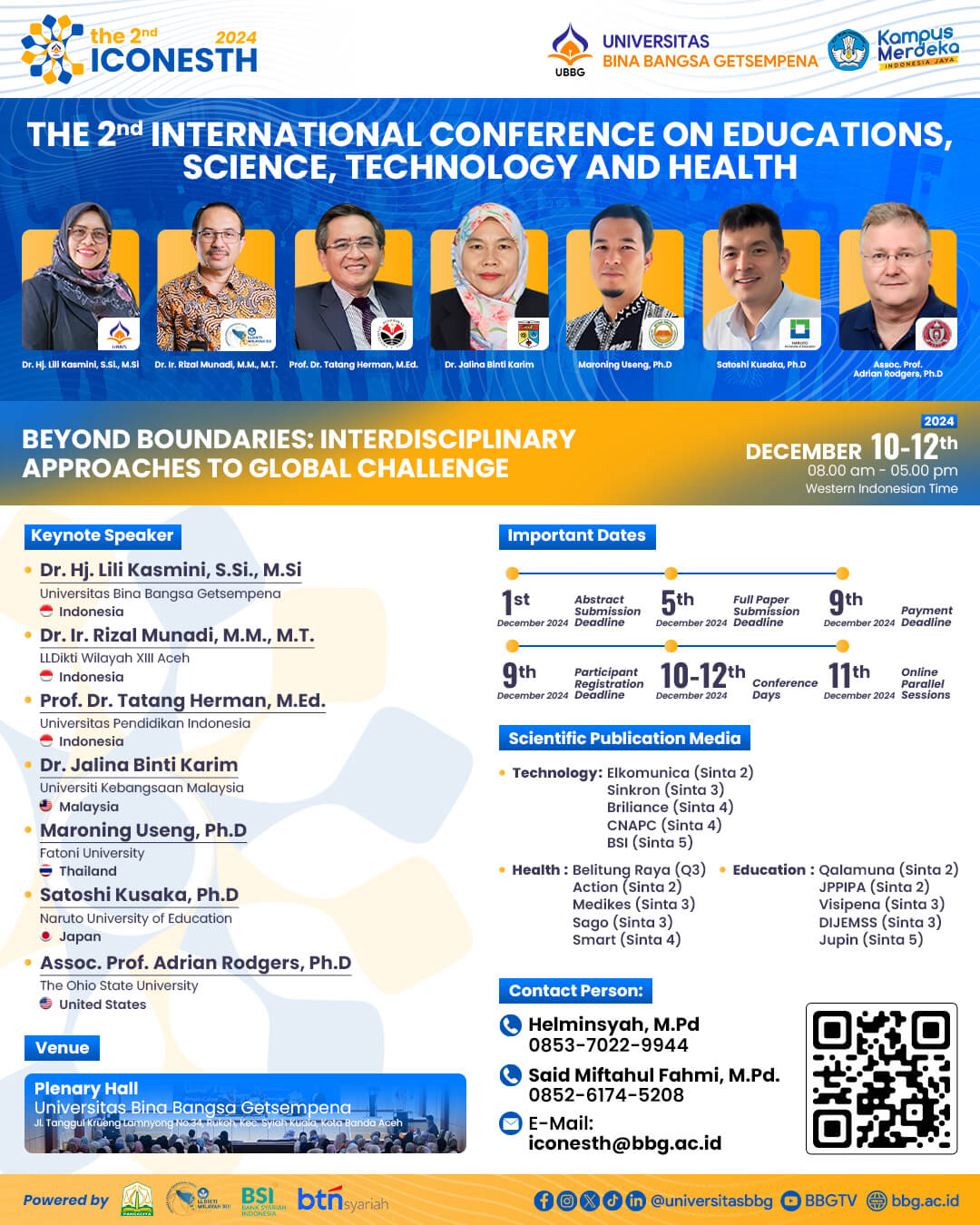THE EFFECT OF NEARPOD-BASED AIR LEARNING MODEL ON PROBLEM SOLVING ABILITY IN NATURAL RESOURCES MATERIAL OF GRADE 4 STUDENTS AT SDN 54 BANDA ACEH
Abstract
ABSTRACT
This research is motivated by the low problem-solving ability possessed by students. There are still many students who do not have the ability to solve problems well. Problem-solving abilities in the material of natural resources are still rarely developed. Conventional learning models with lecture methods are still the learning models that are often applied during learning activities. Technology-based learning media are also rarely applied in learning. The purpose of this study is to determine whether there is a difference and how big the difference is between the application of the Nearpod-based AIR learning model and the conventional learning model on the problem-solving abilities of grade 4 students. This study uses a quantitative approach with a quasi-experimental method with a pre-test and post-test control group design. The difference between the experimental class and the control class can also be seen through the results of the N-Gain score. The experimental class produced an N-Gain score of 0.66 while the control class produced an N-Gain score of 0.38. Data analysis using the T-Independent test calculation with a significance level of 0.05 found the final result of 0.000 which is less than 0.05 so H0 is rejected and H1 is accepted. Based on the data analysis carried out, it can be concluded that there is a difference between the application of the Nearpod-based AIR learning model and the conventional learning model on the problem-solving abilities of grade 4 students.
Keywords: Air learning model Nearpod,problem solving ability, grade 4 student.









